The 12 Most Beautiful Castles in Portugal
Portugal is one of the oldest nations in Europe. Its history determined the landscape, defined a culture and shaped the architecture. Of all the varied historical buildings found throughout the country, it is perhaps the castle that stands out as the most evocative. Portugal is peppered with castles. You can see them on hills and mountains, along plains and rivers, and in towns and cities. Indeed, these powerful monuments serve as milestones for posterity, and their romantic appeal is tangible.
Portugals castles are fun to discover and exciting to explore. Each has its own unique character and story to tell. They are fascinating reminders of the countrys noble, though often turbulent, past.
Portugals castles are fun to discover and exciting to explore. Each has its own unique character and story to tell. They are fascinating reminders of the countrys noble, though often turbulent, past.
1 Almourol Castle, Vila Nova da Barquinha
Location: Ihota no Tejo, Vila Nova da Barquinha, Almourol, Extremadura
2 Marvão Castle, Marvão
The vast Alentejo region of Portugal is dotted with magnificent castles, but few compare with the isolated splendor of Marvão. Indeed, an extension of the tranquil medieval village situated high in the remote Sierra de Sao Mamede, the well-preserved castle overlooks an expanse of empty plains towards Spain. . In fact, it was built as a frontier fortress in the late 13th century on existing Moorish foundations to ward off Spanish incursions. Visiting the castle requires a long winding trail to the top of a granite escarpment, where Marvão stands 861 meters above sea level. Its fourteenth-century walls are extraordinarily intact, as are the later seventeenth-century foothills. The battlements surround a fortress and an impressive cistern, still full of water. In the spring, the trees that border the lawn adorn delicate almond blossoms. The only other distraction is the village itself, the collection of tiny whitewashed cottages on the cobbled sidewalks apparently trapped in a 600-year-old temporal warp. The most memorable aspect, however, is the spectacularly serene landscape and all the history it evokes. The sensation is simply seductive.
Location: Marvão, Alentejo
3 Guimarães Castle, Guimarães
elected as the cradle of the nation and formerly the capital of the kingdom of Portucale, Guimarães, in the wild and green province of Minho, it is also the city where Dom Afonso Henriques, the first king of Portugal, was born in 1110. Its historical meaning such that UNESCO declared the old city a World Heritage Site in 2001. The most significant building is the splendid Guimarães Castle. With foundations dating from the tenth century, the structure it sees today is largely the result of the expansion made two centuries later by Henry of Burgundy and reinforcements during the second half of the fourteenth century. The imposition of heavy walls and a series of crenellated towers belie the modest interior, the highlight of which is the central tower - the Keep. Visitors can follow the rugged walls and immerse themselves in the tangible medieval atmosphere. For a true sense of occasion, however, climb the tower and admire some fabulous views of the surrounding area. After that, you can call the small Romanesque chapel of São Miguel, next to the castle walls, where Dom Afonso was baptized.
Address: Rua Conde D. Henrique, Guimarães, Minho
4 St. Georges Castle, Lisbon
The most visited castle in Portugal is the imposing São Jorge Castle in Lisbon. The impressive fortress crowns a hill overlooking the bustling Baixa of the city and is the most visible historical monument of the Portuguese capital. A must see on any city itinerary, the castles foundations date back to the late 12th century, although evidence suggests a sort of fortification stayed here as early as the Iron Age. During the occupation of Lisbon, the Moors reinforced the walls enough to repel the Christian forces. In 1147, King Afonso Henriques finally recaptured the castle, and a palace was built within the walls as a royal residence. The devastating 1755 earthquake destroyed the entire building and damaged much of the castle. The subsequent renovation restored much of its former glory and today, São Jorge Castle remains one of Lisbons most attractive tourist attractions.
The best way to appreciate the castles dimensions is to climb the battlements and walk the walls. Several towers offer elevated views of the city below. One of them, Ulysses Tower, houses a darkroom that projects views of the capital to the inner walls. Children have fun bumping into the cannons lining the observation deck, providing a spectacular panorama of Lisbon and the Tagus River. Elsewhere, the once large royal palace foundations can be explored, and a neighboring interpretation center provides an exhibit of artifacts discovered during archaeological excavations. s dimensions is climbing the crenels and walking along the walls. Several towers offer elevated views of the city below. One of them, Ulysses Tower, houses a darkroom that projects views of the capital to the inner walls. Children have fun bumping into the cannons lining the observation deck, providing a spectacular panorama of Lisbon and the Tagus River. Elsewhere, the once large royal palace foundations can be explored, and a neighboring interpretation center provides an exhibit of artifacts discovered during archaeological excavations. s dimensions is climbing the crenels and walking along the walls. Several towers offer elevated views of the city below.
One of them, Ulysses Tower, houses a darkroom that projects views of the capital to the inner walls. Children have fun bumping into the cannons lining the observation deck, providing a spectacular panorama of Lisbon and the Tagus River. Elsewhere, the once large royal palace foundations can be explored, and a neighboring interpretation center provides an exhibit of artifacts discovered during archaeological excavations. Children have fun bumping into the cannons lining the observation deck, providing a spectacular panorama of Lisbon and the Tagus River. Elsewhere, the once large royal palace foundations can be explored, and a neighboring interpretation center provides an exhibit of artifacts discovered during archaeological excavations. Children have fun bumping into the cannons lining the observation deck, providing a spectacular panorama of Lisbon and the Tagus River. Elsewhere, the once large royal palace foundations can be explored, and a neighboring interpretation center provides an exhibit of artifacts discovered during archaeological excavations.
Address: Santa Cruz Street, Lisbon
Official Website: http://castelodesaojorge.pt/en
6 Silves Castle, Silves
The largest castle in the Algarve province of southern Portugal is also the best example of Islamic military construction in the country, which is why the lively market town of Silves is a favorite destination for visitors to the region. Like Xelb, Silves was the cosmopolitan capital of the Moorish Gharb. The occupying Arabs fortified the city by building a seemingly impregnable hilltop castle whose magnificent walls surrounded the entire community. In the mid-twelfth century, Silves became a renowned cultural center, a place that attracted Islamic writers, philosophers and geographers. But this brilliant time was brutally reduced by the arrival of King Sancho I and a relentless crusader army that fired Silves in 1189. Today, the castle, still resplendent in dramatic red sandstone, Rewards visitors with glorious views of the surrounding countryside from its huge polygonal walls. Inside the citadel you can admire spruce gardens and a lovely 13th century vaulted water cistern - the ghost of a Moorish maiden is said to haunt the well. Occasional music shows are held in the gardens throughout the summer, and in August, a wonderful medieval fair unfolds outside the tough battlements.
Location: Largo de Sé, Silves, Algarve
7 Alcoutim Castle, Alcoutim
The charming riverside village of Alcoutim is one of the unspoilt gems of the Algarve. Situated on the banks of the Guadiana River, in the heart of the countryside, the small village is opposite Sanlúcar de Guadiana, a similarly sized community on the opposite side of the river in Spain. This bucolic setting is considerably enhanced from the ancient walls of Alcoutim castle, overlooking the seafront. Built in the 14th century to replace an abandoned northern Moorish fortress along the river, Alcoutim Castle served as a defense against Portugals former enemy, Spain; The Guadiana serves as a natural border for both countries and is the narrowest at this postcard site. The fort also operated to control trade along the waterway. Almost 600 years later, only a small part of the wall still exists. Fortunately, this faces the village and the river so visitors are rewarded with an idyllic neighborhood perspective. An engaging archaeological museum has been created within the fortress with an exhibition of exhibits illustrating the history of the region. You can take a ferry to Sanlúcar and explore what is actually a mirror image of Alcoutim: the Spanish village even has its own ruined castle high in the eastern hills.
The most adventurous can return to Portugal by zip line, currently the only cross-border zip line in the world. You can take a ferry to Sanlúcar and explore what is really a mirror image of Alcoutim: the Spanish village even has its own ruined castle, high in the eastern hills. The most adventurous can return to Portugal by zip line, currently the only cross-border zip line in the world. You can take a ferry to Sanlúcar and explore what is really a mirror image of Alcoutim: the Spanish village even has its own ruined castle, high in the eastern hills. The most adventurous can return to Portugal by zip line, currently the only cross-border zip line in the world.
The most adventurous can return to Portugal by zip line, currently the only cross-border zip line in the world. You can take a ferry to Sanlúcar and explore what is really a mirror image of Alcoutim: the Spanish village even has its own ruined castle, high in the eastern hills. The most adventurous can return to Portugal by zip line, currently the only cross-border zip line in the world. You can take a ferry to Sanlúcar and explore what is really a mirror image of Alcoutim: the Spanish village even has its own ruined castle, high in the eastern hills. The most adventurous can return to Portugal by zip line, currently the only cross-border zip line in the world.
Address: Rua 1 de Maio, Alcoutim, Algarve
8 Bragança Castle, Bragança
It is certainly worth taking a long journey northeast to reach the historic city of Bragança - named after the last royal dynasty of Portugal - located in the Trás-os-Montes region. Crowning a secluded hill, far from the modern agglomeration, is the Citadel, a complete circuit of granite walls housing a collection of beautifully preserved buildings and monuments, including the imposing castle. Completed in 1187 at the behest of King Sancho I, its austere appearance is deliberate, with one of its watchtowers known as the Princess Tower, a de facto prison where battered wives of conniving nobles used to end up. The robust gothic fortress of the castle dominates the walled citadel. Inside, You can see a modest display of medieval armor and weapons housed in the Military Museum. Top off the promenade by going to the roof. The dizzying perspective reveals the strength and impregnability of the walls. Back on the ground, spend some time exploring the old town. Dont miss Domus Municipalis, the councils strange pentagonal chamber and the only surviving example of Romanesque civil architecture in Portugal.
Address: Rua Santo Condestável, Bragança, Trás-os-Montes
9 Tomar or Templar Castle, Tomar
The Convent of Christ in Tomar is one of the greatest monumental legacies in Europe of the Order of the Knights Templar, the militant monk-knights that in Portugal, King Dinis, transformed into the Order of Christ. The convent alone, one of the most important historic buildings in the country, is well worth a time for anyone, but essential for any visit is the adjacent castle. Its oblong tower rises above the city below, one of the most beautiful in central Portugal, and serves as a monastic architectural landmark. Built in 1160 by the Great Templar Master on land given to the Order for services in battle, the fortress basically consists of the fortress surrounded by two crenellated curtain walls. The entrance to the Convent of Christ is near. From the top of the fortress, visitors are delighted by the enormous dimensions of the convent building, including the center of Charola, the original Templar church, also known as the Rotunda, and the core of the monastery. The beauty, complexity and extreme rarity of the convent and its sentry castle are such that UNESCO has long given the entire structure World Heritage status. In fact, one cannot help feeling privileged to be among this greatness.
Location: Terreiro Gualdim Pais, Tomar
Official Website: http://www.conventocristo.pt/en/
10 Monsaraz Castle, Monsaraz
One of the most recognized castles in Portugal is the one connected to the walled medieval village of Monsaraz in the Alentejo. Indeed, this sprawling region is celebrated for its myriad ancient forts, and this splendid stronghold is as picturesque as they arise. Built from schist and limestone under the orders of kings Alfonso III and Dinis in the 13th century as part of a network of border defenses to stop the Spanish attack, the castle perches on the western edge of the hill at the end of a long road. of cobblestone that meanders the entire length of the city. Its walls blend perfectly with the walls that seem to support the white terraced houses of Monsarazs narrow streets and alleys. This is a very remote part of the country, so don´t Do not be surprised if you are the only one following the battlements or climbing the fortress. Needless to say, the views are fabulous and take in acres of carefully combed fields; cork oak; and in the distance the huge Alqueva Dam, the largest artificial reservoir in Europe. If you have the opportunity, get here at sunrise. The rising heat creates a mist of water that slowly masks the surrounding landscape in a beautiful glow. On the other hand, at dusk, the castle walls glow in a tangerine wash, while this revered monument is bathed in soft spotlights. The rising heat creates a mist of water that slowly masks the surrounding landscape in a beautiful glow. On the other hand, at dusk, the castle walls glow in a tangerine wash, while this revered monument is bathed in soft spotlights. The rising heat creates a mist of water that slowly masks the surrounding landscape in a beautiful glow. On the other hand, at dusk, the castle walls glow in a tangerine wash, while this revered monument is bathed in soft spotlights.
Address: Rua Direita, Monsaraz, Alentejo
11 Mértola Castle, Mértola
Hidden in the far south of the Alentejo is Mértola. Perched high above the Guadiana River, this attractive whitewashed city is of great historical significance. Classified as a village museum, a museum site, there are no less than 10 mini-museums in and around the old quarter, each dedicated to a particular era within the Mértola period, a fascinating history that includes the Phoenician periods. , Roman and Islamic. . Crowning it all is the castle. The grounds surrounding the fortress have been excavated to reveal the foundations of the Moorish dwellings, and you must wander through this archaeological paradise before exploring the fortress, which dates from 1292. The castle was built to guard the citys approach, situated near the confluence. of the Guadiana and Oeiras rivers. Mertola was once a vital river port, and guards guarding the battlements would have been able to spy on the advance of a potential enemy using the waterway or threatening the city in the surrounding countryside. Today, visitors can enjoy the same views of the valley and gaze at the maze of narrow streets and alleys that make the old walled city a fascinating area to explore. At the same time, look for the huge stork nests anchored in the walls near the church tower.
Address: Old Part of Mértola, Mértola, Alentejo
12 Leiria Castle, Leiria
Leiria is not among Portugals "tick the box" destinations, but this attractive city is full of traditional charm and character and makes for a worthwhile detour through the region of Estremadura. Historically, it is defined by a remarkable monument, the glittering Leiria Castle. Crowning a hill in the city center, the foundations of the castle date from the early 12th century. Occupied by the Moors during his rule of the Iberian Peninsula, was eventually recaptured in 1135 by D. Afonso Henriques, to be withdrawn by Muslim forces five years later. Finally, in 1142, the castle came under permanent Christian control and later became a favorite royal refuge. Visiting the high fortress is a delight. Enter Portal Albacara before embarking on a historic tour that leads to various points of interest. The former royal palace is an obvious attraction. During the 14th century, this was the main residence of King Dinis. Today, the apartments serve as a library and meeting rooms. The fortress houses a small archaeological museum. The highlight of a stroll is the beautiful loggia from where you can look out over a verdant screen of pine forest and terracotta-toned city rooftops. The castle walls also house the gothic ruins of the church of Nossa Senhora da Pena. The highlight of a stroll is the beautiful loggia from where you can look out over a verdant screen of pine forest and terracotta-toned city rooftops. The castle walls also house the gothic ruins of the church of Nossa Senhora da Pena. The highlight of a stroll is the beautiful loggia from which you can look over a verdant screen of pine forest and terracotta-toned city rooftops. The castle walls also house the gothic ruins of the church of Nossa Senhora da Pena.
Location: Largo de São Pedro, Leiria, Extremadura
Outros Artigos Populares no Blogue
-


sasas
sasa... -
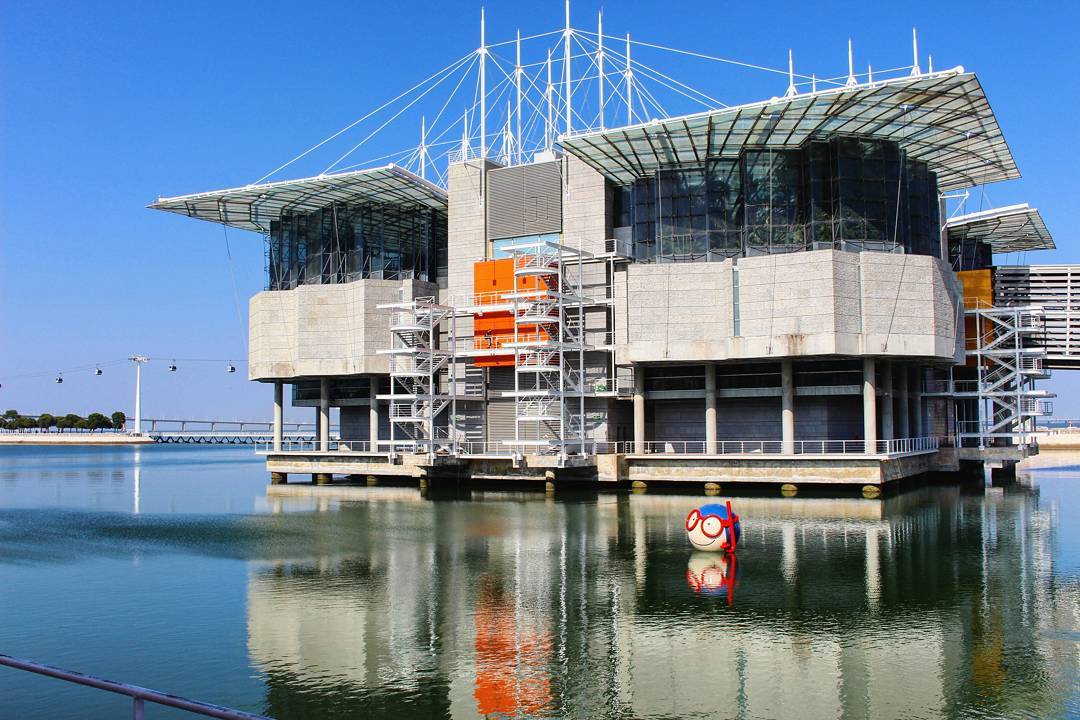

Inaugurated in 1998 as part of the last world exhibition of the 19th century. XX, whose theme was "The oceans, a heritage for the future", the Oc... -


Azores the 9 islands to visit Portugal
Sapphire and emerald green lagoons, fertile meadows, volcanic cones and craters, hydrangeas, azaleas, 16th century churches and stately homes; - Land... -
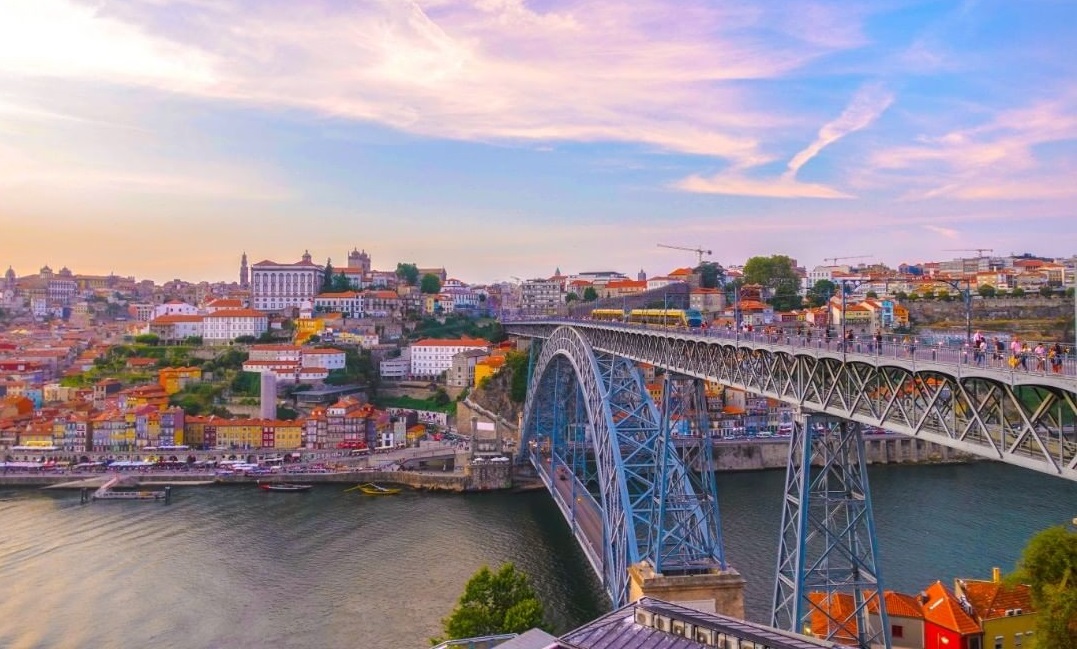

When to go to Portugal?
We didnt know we had an April, said a Lisbon resident, "until the song came out." As a song and a season, April in Portugal is famous. Summe... -
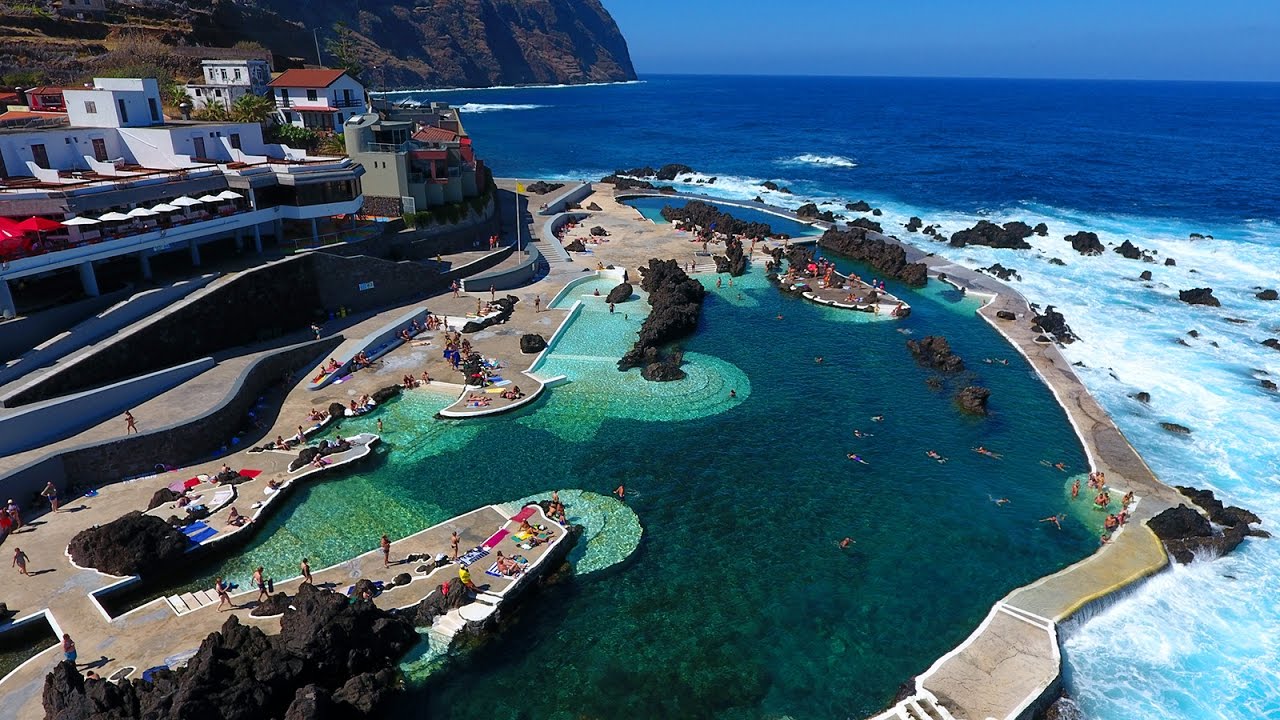

This pool is on the list of the best in the world and is Portuguese Madeira Island
CNN has elected the best tidal and seaside pools in the world. Formed over thousands of years by cooling volcanic lava, Porto Moniz natural pools... -


Do we have 30 free minutes for floors on eCooltra Electric Scooters? Lisbon Portugal
Enjoy the city, we have free minutes at ecooltra pays only the minutes you use and leave the rest with us (insurance, battery charged, helmets and mai... -
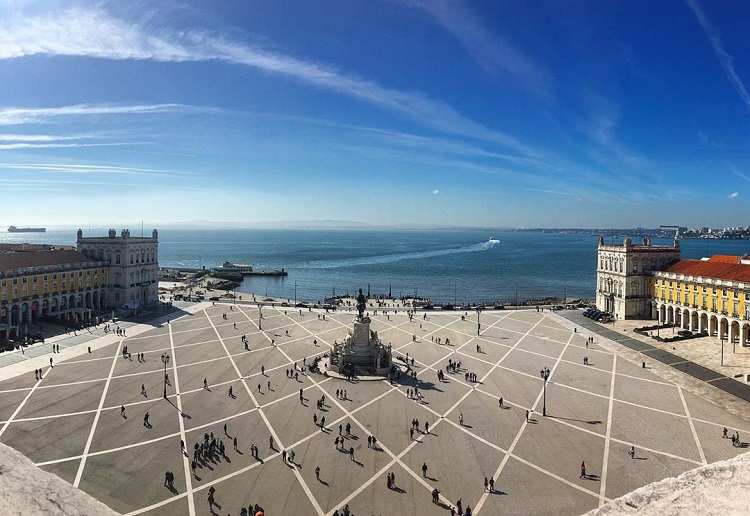

39 things to do at least once in your life in Lisbon Portugal
1- Riding the tram 28 2- Eat snails in the Julius of Snails 3- Have an ice cream in Venetian 4- Spend the afternoon facing the Tagus 5- Se... -
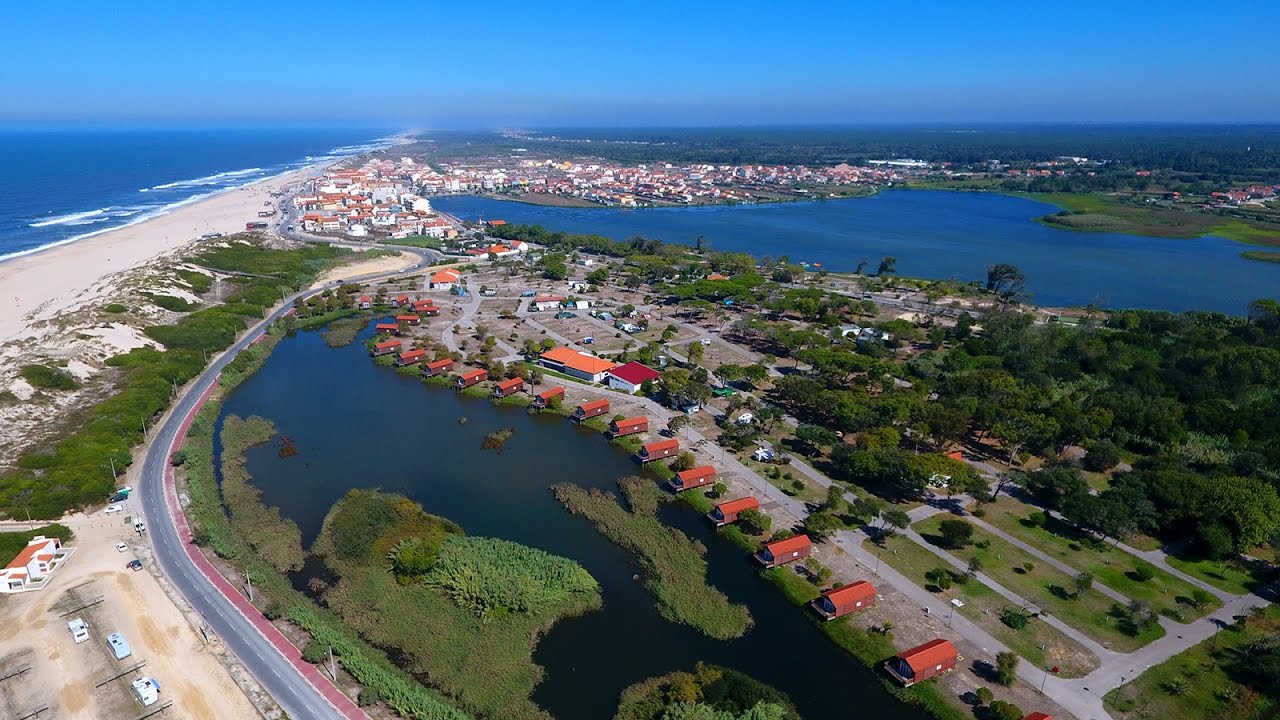

Mira Beach in Portugal the European record holder receives the 33rd Blue Flag
With 33 consecutive years "wearing" in blue, Praia de Mira is Europes record holder of the beaches with the most consecutive years to receive this dis...
